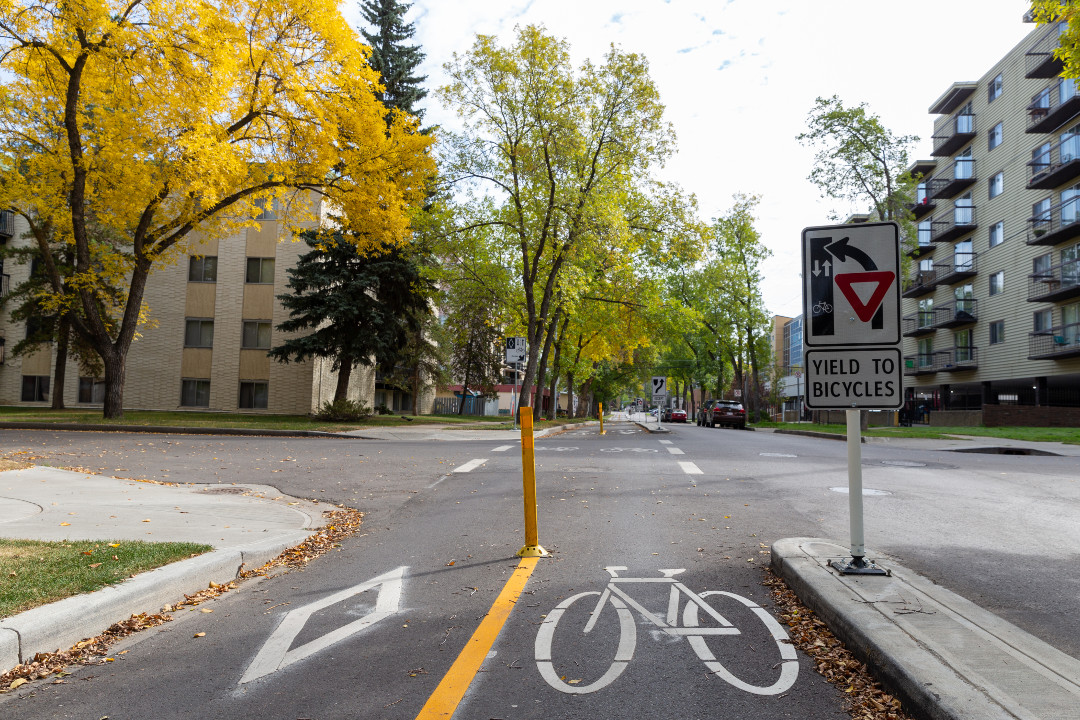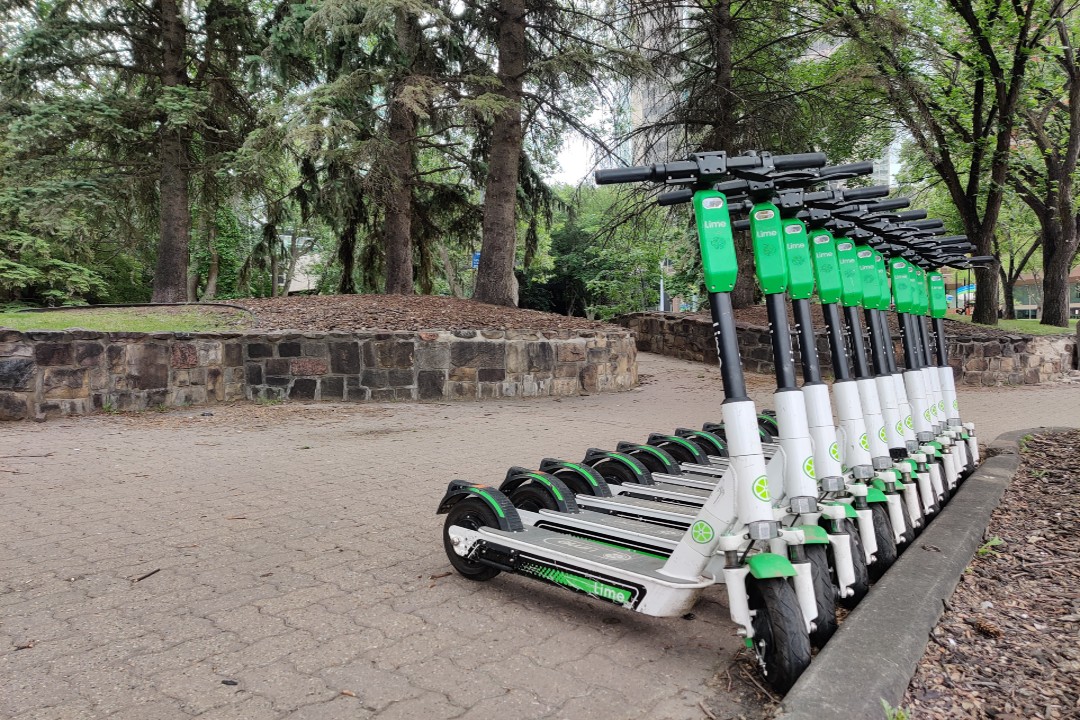Part of me sees these as still a win and hopefully just grabbing some long hanging fruit.
Part of me feels dumbfounded that in 2 years we’ll have 17 more kms of MUPs that barely take any complex work to make happen.
If the 2025 work isn’t a huge leap forward, I think we can officially say there’s been a miss on execution.
Too early to fully judge, but this hasn’t felt encouraging. No engagement yet, so that can’t be blamed for timelines. And both the Bike Plan AND the Bike Implementation Plan were created years back which outlined all the routes…
I was sort of expecting them do to like 15-20 quick builds with simple concrete barriers in summer 1, gather feedback, then do permanent builds the next summer and rinse and repeat.
Not to mention there’s been no social media, communications, or significant stakeholder involvement. No events, nothing to rally excitement or support.






